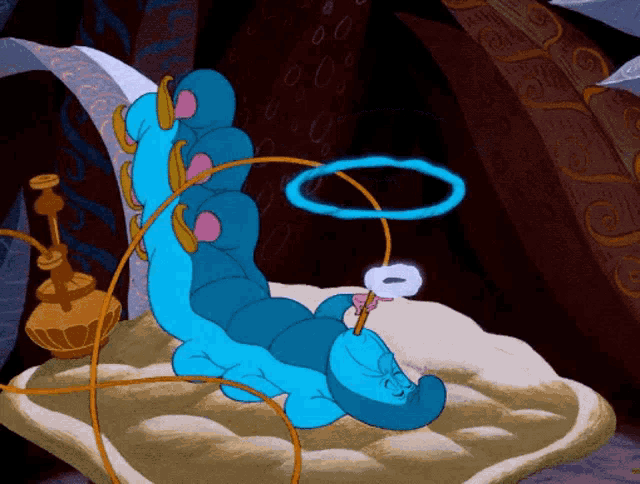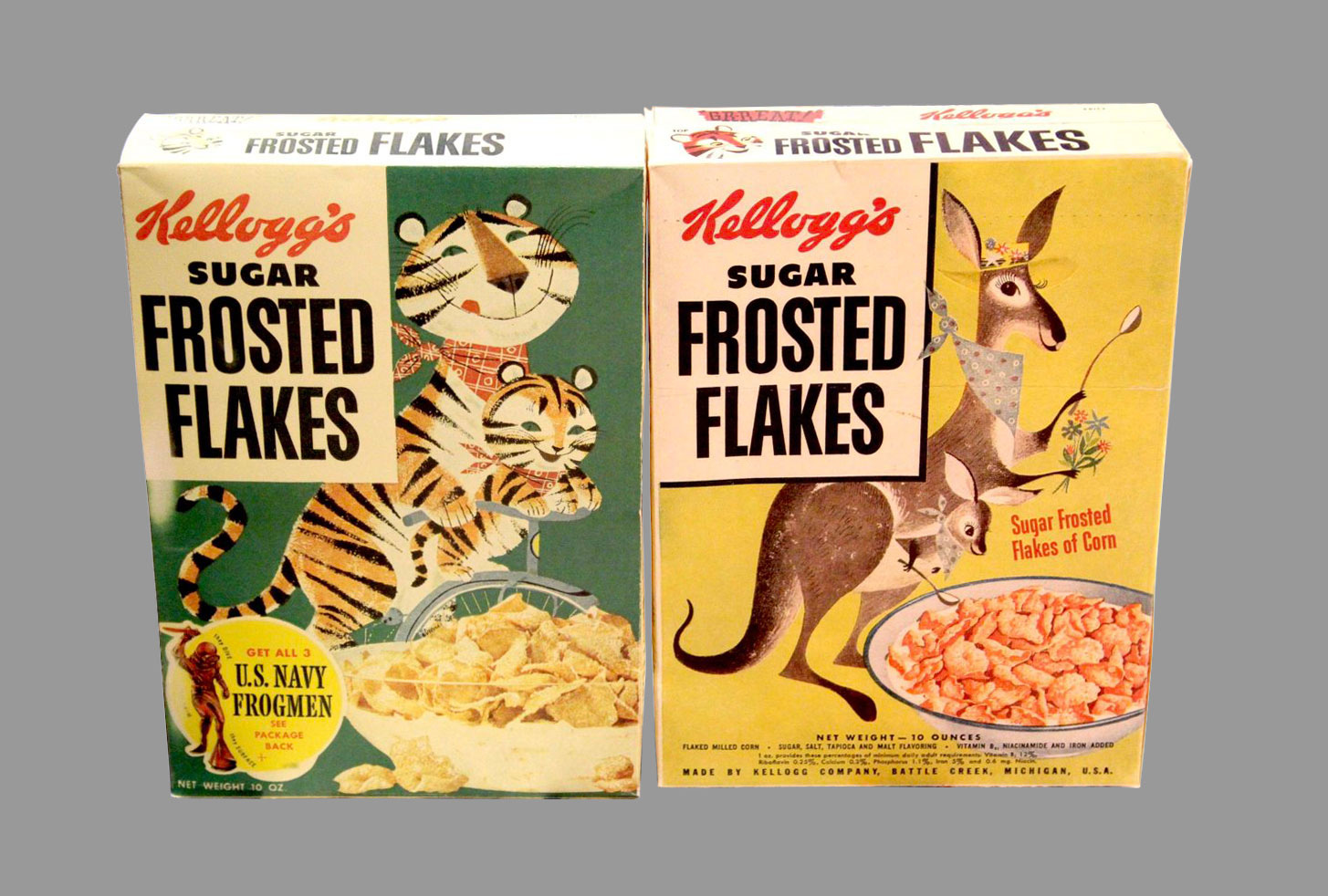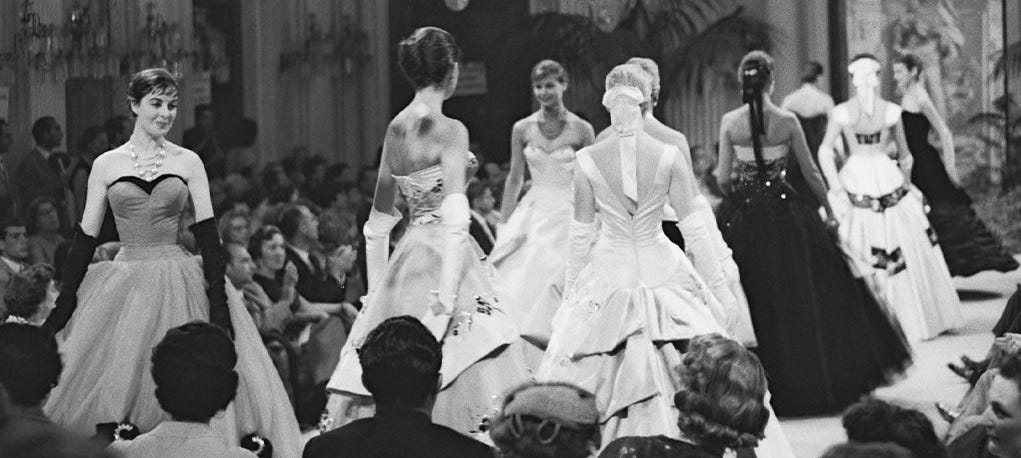The Palm-Wine Drinkard, Amos Tutuola, 1952 - Part 6
The "Wraith-Island" to “Not too small to be chosen”
Welcome back to Seventy years of books, where I'm blogging my way through the seventy titles originally compiled for the Big Jubilee Read. First things first, I have now moved the blog to Substack, as it’s much easier for me to manage here. You can also easily subscribe and receive all of my adventures through history right in your inbox.
Following the coronation of King Charles III, it seems only right to mention the lady who started this blog off. Although I am very much talking about history and literature, and don’t really have any views on our royal family one way or the other, the list of books being followed was put together for Queen Elizabeth’s II Platinum Jubilee. Her coronation didn’t take place until 1953, but she was of course Queen in 1952, after her father had passed away. It’s very unlikely I’ll see another platinum jubilee in my lifetime, which is a big part of the reason I wanted to take a look at this isolated period in history and see how much things changed over her reign.
And on that note, it’s back to our adventures with Amos Tutuola's The Palm-Wine Drinkard.
The "Wraith-Island"
The palm-wine drinkard and his wife settle on Wraith-Island as the people are kind and friendly and the weather good. This is a nice image as spring flourishes and made me reflect on how everyone seems calmer and more optimistic as the warmer days roll in.
The palm-wine drinkard settles into a new life as a farmer, which is ironic considering his previous work-shy attitude. Unfortunately, a fearful animal starts gobbling up his crops and he's soon in another conundrum trying to work out how to resolve this situation. The description of the fearful animal is fantastic, combining horrific imagery with some exact concrete measurements to convey just how massive the animal is.
There's also some lovely images of instant crops, like that seen in the classic fairy tale, Jack and the Beanstalk, which combined with the literally giant animal, keeps the sense of magic alive.
“Not too small to be chosen”
This chapter starts with a creature who is ignored when there is a big task to do on Wraith Island and goes about proving that no one is too small to count, much like Hans Christian Andersen’s Thumbelina.
Later in the chapter, there are gigantic trees who smoke huge pipes, which made me think of the Caterpillar in Alice in Wonderland, though the trees are more inclined to laugh hysterically like some of Wonderland’s other residents, rather than offer cryptic advice.
There’s a lot around inequality as the smallest creatures turn out to have the most powerful magic and the biggest, such as the “Spirit of Prey”, are able to devour a buffalo in a few minutes, leading the palm-wine drinkard and his wife to hide in a tree - thankfully not a huge smoking tree with giggling problem.
Even though the palm-wine drinkard and his wife are very happy on Wraith Island, they choose to move on and continue with their journey leading them into circumstances where everything becomes about survival.
The repetition of time once again adds a sense of stress to the palm-wine drinkard’s and his wife’s perilous journey, as they move from the best of places to the worst of places.
The question is how many more dangerous towns the palm-wine drinkard and his wife can make it out of alive?
This week in 1952
On 24 April, Jean Paul Gaultier was born. There's more on the fashion industry and its impact below.
Five days later on 29 April, David Icke was born. Or maybe he wasn't... and Michael Barrymore was born on Star Wars Day, before it was Star Wars Day. May the Fourth be with You.
Also on 29 April, Queen Elizabeth II granted the University of Southampton a Royal Charter enabling it to award degrees. It was the first University given a Charter during her reign and the first to be granted one following the Second World War.
On 3 May Harry Corbett and Sooty appeared on BBC TV’s Talent Night leading to The Sooty Show in 1955. Last night, Sooty was mentioned on Have I Got News For You, as he is the only non-human member of the Magic Circle.
1952 song of the week: Here in my Heart, Al Martino
This is a dramatic love song, with big band and operatic themes. Martino's powerful vocal underlines the desperateness of the loneliness being sung about while he begs his love to reciprocate his feelings.
The first Number one in the official UK singles chart, it stayed in the top spot for nine weeks. It was however, Martino's only number one single, with his final UK chart appearance being a top five hit with Spanish Eyes in 1973.
1952 product of the week: Frosties
Originally introduced as Sugar Frosted Flakes in the USA in 1952, Tony the Tiger's favourite cereal is one of the most popular breakfast cereals and the complete antithesis of last time's No-Cal ginger ale, with high sugar content and calorie count.
Tony has been the mascot of the cereal since it was introduced after an initial competition with Katy the Kangaroo. Katy's "Jump for joy" catchphrase definitely doesn't seem as memorable as "They're grrrreat!", but maybe that's just because I'm used to Tony! His appearance has changed numerous times over the years and he's currently on a campaign to promote sports in schools in the US.
I had a bad habit as a child of eating dry Frosties and, if I didn't mind the thought of losing my teeth, would probably still do that now...
Contemporary tales: An Impossible Return by Caroline Laurent
This novel tells the love story of Marie and Gabriel, and the devastating impact Gabriel's work with the Mauritian government negotiating for independence from Britain has on their life in the Chagos archipelago.
The book reminded me of The Palm-Wine Drinkard due to the symbolic cowrie shell imagery.
There's a beautiful scene when Marie, who falls pregnant early in the novel, spots a cowrie shell on the beach. She is glad to find it snail free and places the shell on her round stomach so the unborn baby can listen to the sound of the ocean.
I love the contrast between a cowrie taking the lady's voice in The Palm-Wine Drinkard, while it also makes a dreadful noise, and one singing its beautiful sea song to a baby who hasn't even been born yet in An Impossible Return. I felt it was particularly effective as for both women, the cowrie also symbolises trouble, though the lady is in the midst of it, whereas the gentle cowrie Marie finds heralds the coming of it, which is ironic as the shell is considered lucky by the characters in An Impossible Return.
The cowrie shell in An Impossible Return remains a symbol of magic and good fortune, even when Marie's family is on the brink of shattering completely. The focus on the appearance of the shell, how it shines, and radiates the sun of Diego Garcia is a beautiful image which comes to symbolise what the family have lost. Keeping the cowrie close becomes a way of retaining a sense of what the family have had stolen from them.
Like the palm-wine drinkard, Marie is trying to regain the home and life she has lost, through no fault of her own, and it's obviously far easier to feel sympathy for her horrendously unjust plight than our palm-wine loving friend.
An Impossible Return is described as "an epic love story", but it's important to not consider this as a romance - whilst the love between Marie and Gabriel is deep and life-changing, the story focuses far more on the love of family and home, while their love just is; there are no beach dates with longing looks and whispered feelings, but the story you're getting here is so much more and so worth reading.
I learned a lot about the Chagos archipelago and the dreadful injustice the Chagossians were subjected to. I do think the translation has lost something with the new title - the original French translates directly to Shore of Wrath which has so much feeling and depth that I think is lessened with An Impossible Return.
Historical perspectives: Lucrezia Zaina Bequest Lecture 2023 with Professor Eugenia Paulicelli - Fashion and Film in Italy (1946-1953): A Transatlantic Perspective
As mentioned in my Day 18 GloPoWriMo poem, I spent the evening on 18 April at the Fashion and Film in Italy (1946-1953) lecture by Professor Eugenia Paulicelli.
This was a really interesting look at the post-war world and, in particular, Italy's recovery from the war, both socially and reputation wise.
In the late 1940s Italy was reviving, contributing to the success of the Audrey Hepburn film, Roman Holiday in 1953. The late 1940s was also the first time that Italian fashion was viewed as being capable of competing with that of France.
On 22 July 1952, the first Italian fashion show was held in Florence. Italian fashion utilised symbolising social change through clothing, while being glamorous. Florence was the birthplace of the Made in Italy brand, showcasing the uniqueness of Italian culture in food, fashion, furniture and fast cars (and other mechanical feats of engineering). People became enamoured with and envious of Italian style and sophistication.
Italian fashion soon found its way onto the streets of New York City giving American women an aesthetic to aspire to and creating an appealing image of Italy following the decline of its reputation in the war.
In 1952, Ferdinando Sarmi, who would become a successful fashion designer with his own house at the end of the decade, was working as Head Designer for Elizabeth Arden. He had begun his design career as a Costume Designer for two Italian films, Musica Proibita (Forbidden Music) in 1942 and Cronaca di un Amore (Story of a Love Affair) in 1950, before leaving Italy to begin in his career on the New York fashion scene.
Popular cinema often acted as a testing ground for new and innovative fashion on an international basis, an iconic example being Audrey Hepburn's little black dress seen in Breakfast at Tiffany's.
In the early 1950s, European glamour was having a worldwide impact on fashion and film. Recovery in a post-war world is often associated with red lipstick and intricately rolled hair, because how we appear to other people is often half the battle.
You can find all of the Seventy Years of Books archive here.











